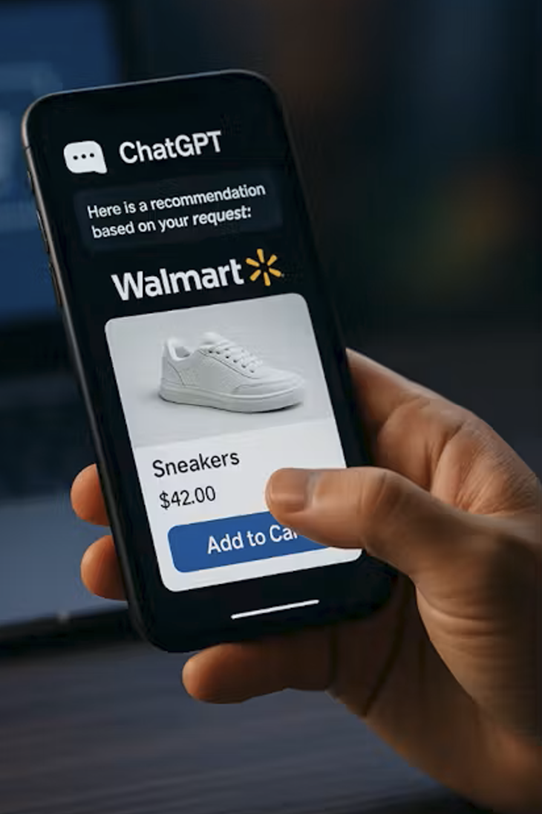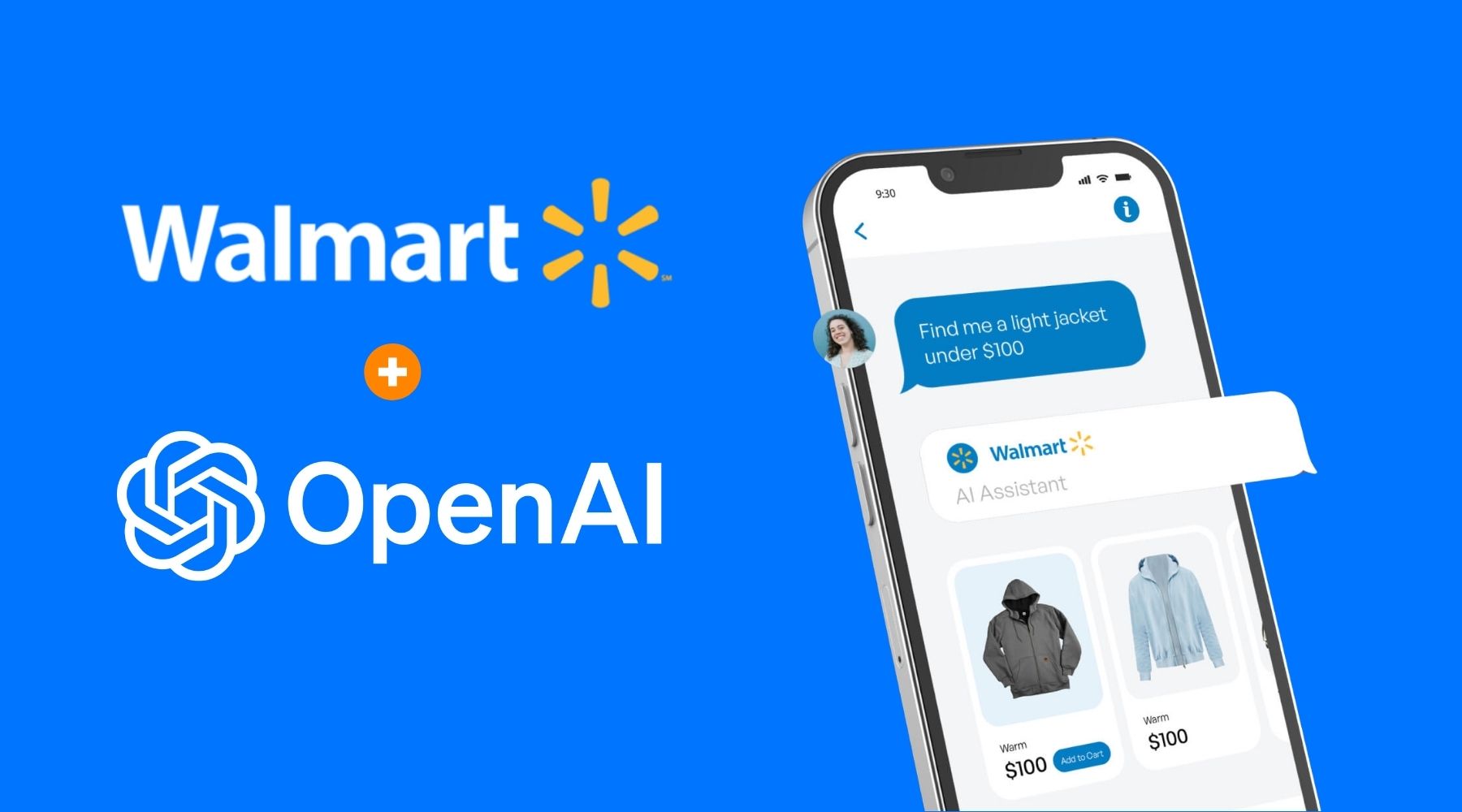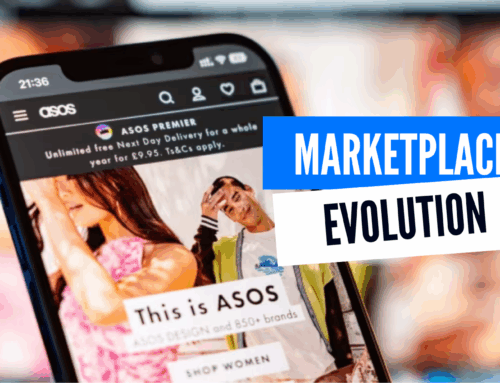Some retail announcements feel like hype. This one isn’t.
Walmart has just become the first major retailer to let people shop directly inside ChatGPT using something called Instant Checkout. No website, no app, no basket page, just a chat.
If you’re in the Walmart-enabled experience, ChatGPT will show you a selection of clearly labelled Walmart products, and you can buy them right there in the chat. No browsing, no tab switching, no cart page.
This is quick, convenient, and a very different kind of shopping behaviour.
Walmart is the first retailer to integrate at scale, but they won’t be the last. Amazon is already testing something similar, and more retailers are going to follow.
For ecommerce, digital and CX leaders, this isn’t just a shiny new feature, it’s the start of a new era where shopping doesn’t always happen on your website anymore. And that raises some big questions.
So, how does AI shopping actually work?
Here’s the simple flow:
- You ask ChatGPT something – “I need ingredients for a cheap family dinner.”
- ChatGPT pulls options from Walmart’s product catalogue.
- It shows you a list, clearly labelled as Walmart products.
- You hit “Instant Checkout.”
- You finish the order inside the chat.
What does the checkout look like?
It’s not a full web checkout page. It’s a lightweight, ChatGPT-native interface where users confirm delivery address, payment method and item details using simple in-chat UI components.
It’s still early days, but the core idea is clear: The conversation becomes the storefront.
Why this matters for ecommerce and digital teams
This shift brings new opportunities and new headaches.
- Customers may never touch your website
If AI becomes the entry point for the majority of your customers, your beautifully optimised navigation, PDP layouts and checkout flows suddenly mean… less. Your product data, content and integrations will matter even more than they already do.
- You have even less control over the journey
You don’t own ChatGPT’s logic. You can’t predict exactly how it will interpret a user’s intent. And you can’t assume it’ll always recommend the right products. Things will go wrong and customers will still blame you.
- This is a completely new kind of customer journey to test
How do you test a shopping path that doesn’t sit on your site? You can’t automate it. You can’t fully replicate it in a lab. And you definitely can’t rely on AI evaluating its own output. You need real customers, on real devices, using these new flows in the wild.
Here’s where real crowdtesting fits in
As more retailers integrate into chat-based shopping, brands suddenly face questions they’ve never had to validate before, such as:
- Does the AI recommend the right products for different customer types?
- What happens if stock is low?
- Does checkout work for every device and accessibility setting?
- What’s the actual experience like for real customers?
- Does the journey hold up after every update or API change?
These are things you only uncover when real people run through these journeys in real-world conditions. Simulators can’t reliably recreate unpredictable user behaviour and AI systems are especially sensitive to edge cases.
That’s why crowdtesting makes such a difference. With thousands of real testers on real devices, brands can validate:
- Conversational shopping journeys
- Cross-device consistency
- Accessibility and usability
- Checkout stability
- Post-release reliability
- The genuine customer experience, not the ideal one.
It’s the only way to understand what AI shoppers will actually see, and fix issues before customers hit them.
AI-assisted shopping is coming fast, but quality will still rely on humans
Walmart’s move marks a real turning point. We’re heading into a world where AI ecommerce becomes conversational and predictive, but also more complex, more fragmented and harder to control. Technology will evolve quickly. Customer expectations will evolve even faster.

But great digital experiences will always come down to the same thing:
Real people using your journeys and real people testing them. That’s how you protect revenue. That’s how you prevent customer frustration. And that’s how you launch with confidence, even as the landscape shifts.
Further reading: What’s working and what’s not with AI in ecommerce CX.





